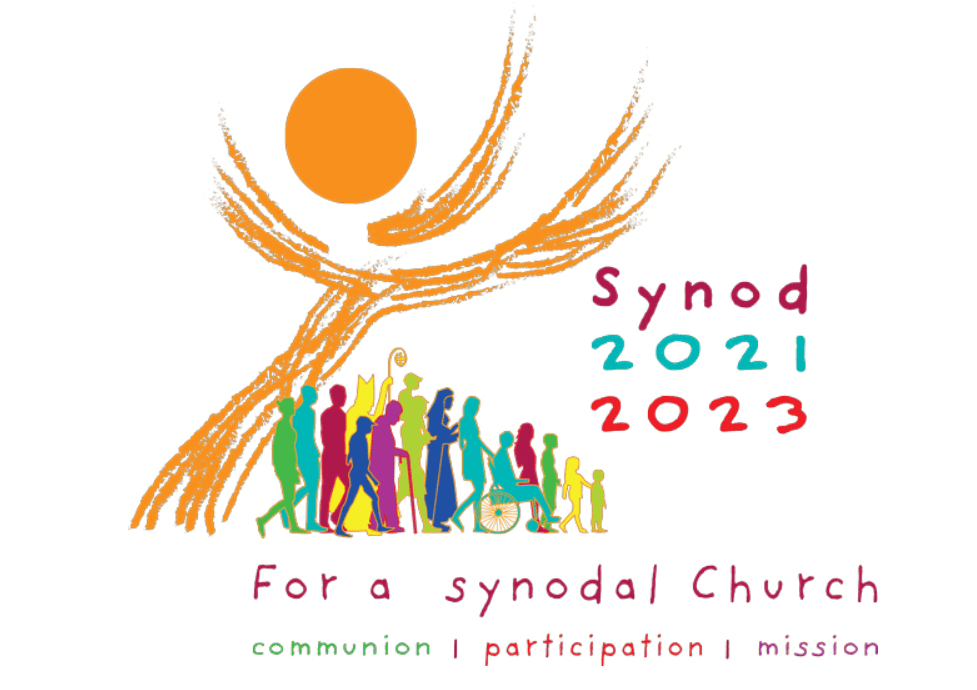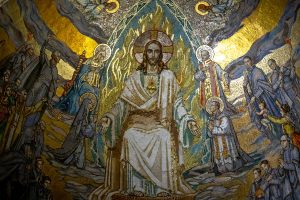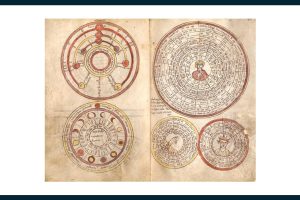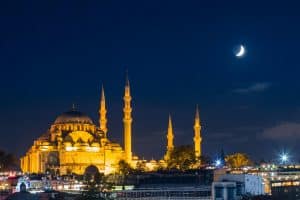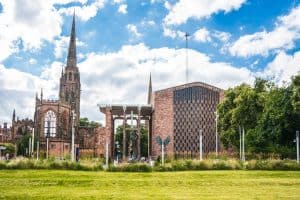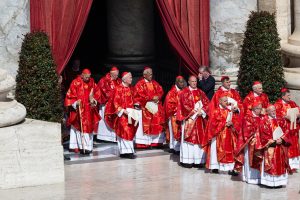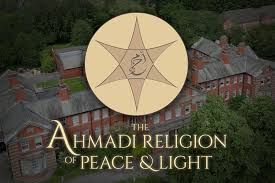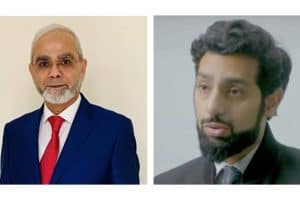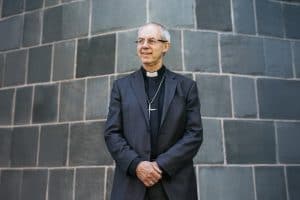By Christopher Lamb
4-29 October 2023 Catholic bishops, priests, and lay women and men from all over the world gather in Rome for the Synod of Bishops to discuss “synodality” — the way in which all members of the church participate in the church and its mission. It it is part of an extraordinary three-year renewal process initiated by Pope Francis, with all 1.3 billion Catholics invited to contribute, culminating in two synod meetings of bishops in Rome in October 2023 and a year later in 2024. This timeline shows key moments in that process.
“Synod” is derived from two Greek words syn, meaning together, and hodos, meaning road or way. It is used for a religious meeting or assembly coming together. The first formal recorded meetings of church leaders can be traced back to the mid-second century. In modern history, synod assemblies have been held once every three or four years and last for one month.
In the past only bishops (and some clergy or religious brothers) have had the power to vote. At the synod in Rome, 54 out of the 365 voting delegates will, for the first time, be women.
During the pontificates of John Paul II and Benedict XVI, a number of those attending or witnessing synod gatherings criticised them for being overly controlled by Rome. When Pope Francis was Cardinal Archbishop of Buenos Aires, he took a leading role in the 2001 synod, but the experience convinced him that the synod structure needed to be overhauled. “There was, in short, a pre-selection of materials,” Francis said. “Clearly there was a failure to understand what a synod is.”
Over the past 10 years, Francis has overhauled and bolstered the Synod of Bishops structure, seeking to make them a place of open debate and conducting an honest discernment about the church’s mission. He has also sought to create a synodal culture at every level of the church and encourage parishes and dioceses to establish forums of listening and participation, which include all Catholics.
Background
1965, 15 September Pope Paul VI established the Synod of Bishops as a permanent institution to keep alive the consultative and collegial spirit experienced at the Second Vatican Council (1962-65).
Timeline under Pope Francis from 2013
2014 Extraordinary synodal assembly, smaller and shorter than general synod assembly, on The Pastoral Challenges of the Family in the Context of Evangelisation. Link here >>
2015 General assembly on The Vocation and Mission of the Family in the Church and in the Contemporary World, preceded by widespread consultation. Link >>
2015 50th anniversary of the establishment of the Synod of Bishops by St Paul VI. Pope Francis said: “From the beginning of my ministry as Bishop of Rome, I sought to enhance the Synod, which is one of the most precious legacies of the Second Vatican Council … it is precisely this path of synodality which God expects of the church in the third millennium.” Link >>
2016, 19 March (released 8 April) Pope Francis releases Amoris Laetita, his document following the two synods on the family. The text resets the church’s pastoral mission to families moving away from rigid norms but seeks to reclaim a deeper moral theology through an emphasis on accompaniment and discernment. It includes an opening to allow for divorced and remarried Catholics to return to communion. He insists that the church is called “to form consciences, not to replace them”. Link >>
2018, 2 March Vatican’s theological advisory commission publishes Synodality in Life and Mission of the Church, explaining the theological roots of synodality and pushing for a reform that “shapes the church in view of synodality”. It insists that the Synod of Bishops “is a privileged structure for implementing and promoting synodality at every level of the church”. Link >>
2018, 15 September The Pope publishes Epsicopalis Communio, a series of rules that boosts the authority of the Synod of Bishops giving it, for the first time, formal teaching authority (subject to the Pope’s approval). Link >>
2018, 27 October 50th General Assembly of the Synod of Bishops. Young People, the Faith and the Discernment of Vocation included a questionnaire to young people and youth observers with intention of listening to them so they could held the church “in identifying the most effective ways to announce the Good News today”. Link >>
2019, 26 October Special assembly on the Pan-Amazonian Region, which lasts three weeks, discussed environmental destruction in the Amazon, indigenous communities and shortage of priests. Final document calls for the ordination of married men as priests and consideration of women deacons. A new commission for the study of female deacons is announced by the Pope. Link >>
2020, 2 February Pope publishes his response to the Amazon synod with the document Querida Amazonia. He does not take forward proposals for the ordination of married men but neither does he turn down the request, leaving the final document of the Amazon synod to stand in its own right.
2020, 17 February Pope announces the next Synod of Bishops will be held in October 2022 on the theme For a Synodal Church: Communion, Participation and Mission, known in shorthand as the Synod on Synodality. Link >>
2021, February Sister Nathalie Becquart appointed to be one of two undersecretaries of the Synod of Bishops, the first woman to hold this position. Religion Media Centre link >>
2021, May The Covid pandemic causes the Pope to postpone the October synod meeting to 2023, and he announces it will be preceded by a two-year process involving dioceses across the world and seeking to include all Catholics in the process.
2021, 10 October Pope Francis officially opens the synodal process For a Synodal Church: Communion, Participation and Mission during a Mass in St Peter’s Square with local dioceses following. Link >> View the RMC briefing on this here >> Read our RMC report here >>
Gatherings of Catholics in each province start
2021, October Pope Francis’s Worldwide Prayer Network launches an app, Click To Pray, encouraging daily prayer with Francis to support the ”synodal” process. Link here >>
2022, June Irish Catholics publish their findings from the synodal consultation. The majority favour the ordination of women, marriage for priests who want it, greater roles for divorced and remarried people or couples and single parents, and more respect for LGBTQI+ people. They also want better-prepared, shorter sermons and the removal of bloodthirsty Old Testament readings from masses and other liturgies. Irish Times article here >>
2022, July The National Synthesis Document, published by the Catholic Bishops’ Conference of England and Wales, summarises results of synodical consultation. Catholics express concern at clerical sexual abuse, call for wider participation especially from women and ethnic minorities, and emphasise need for mission and outreach. Link >>
2022, July Pope Francis warned the Catholic Church in Germany that its new “synodical path” cannot lead to new ways of governance or new approaches to doctrine and morality. The church’s synod assembly meeting in February endorsed women’s ordination, the blessing of same-sex partnerships, reformed teachings on sexual ethics and allowing married priests. But the Pope said the assembly lacks the authority to make such changes. Link >>
2022, October Report from US Catholics says they want a more welcoming church reaching out to the marginalised including LGBTQI+ community, allowing women to serve in leadership positions including ordained ministry, more unity especially within the US church which is split between progressives and traditionalists, and greater inclusion of laity in governance. Link >>
2022, 16 October Pope extends the synod process announcing it will take place over two meetings, one in 2023 and a second in 2024 “in order to have a more relaxed period of discernment”. Link >>
2022, 27 October The document Enlarge the Space of your Tent, a synthesis of the synodal dialogues, is published. It says Catholics across the world are calling for the role of women to be tackled urgently. Link >>
2023, January-March “Continental assemblies” of bishops and laypeople take place and produce their own documents reflecting on the synodal journey. Link >>
2023, March Pope marks 10 years in office with his moves towards synodality said to be his key achievement. RMC briefing here >>
2023, 10 March The German Synodal Way voted to adopt “implementation texts” related to same-sex blessings, lay preaching during mass, and a request for Pope Francis to re-examine the discipline of priestly celibacy in the Latin-rite Catholic church. Link >>
2023, April Francis announces that 70 non-bishop members of the synod will have a vote; half of them will be women; and some will be young people. They will be proposed to the Pope by regional blocs, with Francis making a final decision. In addition, five religious sisters will join five priests as voting representatives for religious orders. These people will make up one-fifth of the total number of votes cast Link >>
2023, June The working document for the synod assembly in October outlines the discussions that will take place. The text covers the exercise of power in the church, formation and ministry, the role of women and laypeople, female deacons and the ordination of married men. Link >>
2023, August Raymond Burke, an American cardinal from the traditionalist wing of the church, writes in a foreword to a booklet that the synodality process is deeply harmful and potentially schismatic. It is sent to bishops and cardinals across the world. Link >>
2023, September Finalised list of members of those taking part in the 2023 and 2024 assemblies are released. Two bishops from mainland China are announced as late additions and the list includes delegates from other Christian denominations who will participate in the synod as non-voting members. Link >>
2023, 30 September-4 October On the eve of the synod, a prayer vigil will be held in St Peter’s Square, Rome, with people from all churches, not just Catholics. It was called for by Brother Alois, prior to the Taizé community, a monastic fraternity with brothers from more than 30 countries and from Catholic and Protestant traditions. The prayer vigil will last from the evening of Friday 29 September to the afternoon of Sunday 1 October, and Archbishop of Canterbury Justin Welby will attend. Many young people will also be there and the Taizé brothers are putting on a programme of activities for them. Afterwards, the synod participants will head to Sacrofano, 16 miles north of Rome, for a retreat led by former an English Dominican friar, Fr Timothy Radcliffe, and Benedictine Abbess, Mother Maria Ignazia Angelini, of Viboldone monastery, near Milan. The whole weekend is called Together 2023.

